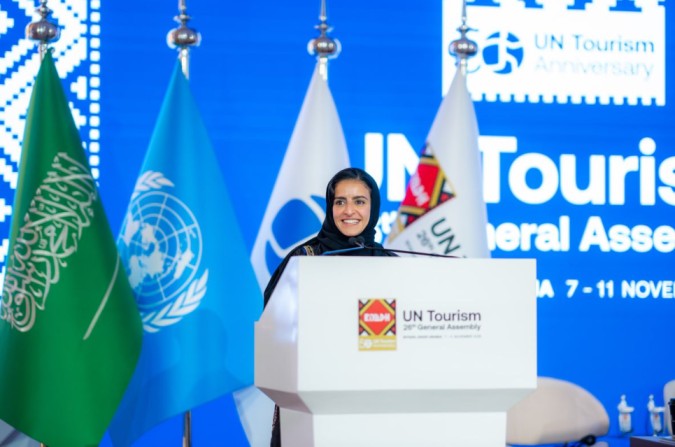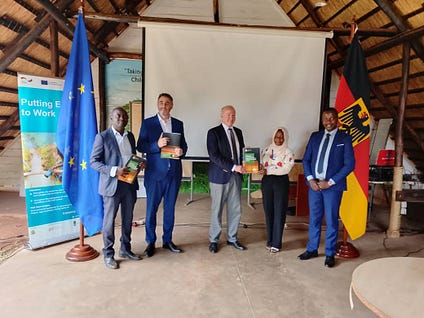Carson Councilman Jawane Hilton – An Advocate for Park Equity and Green Spaces for All – Los Angeles Sentinel
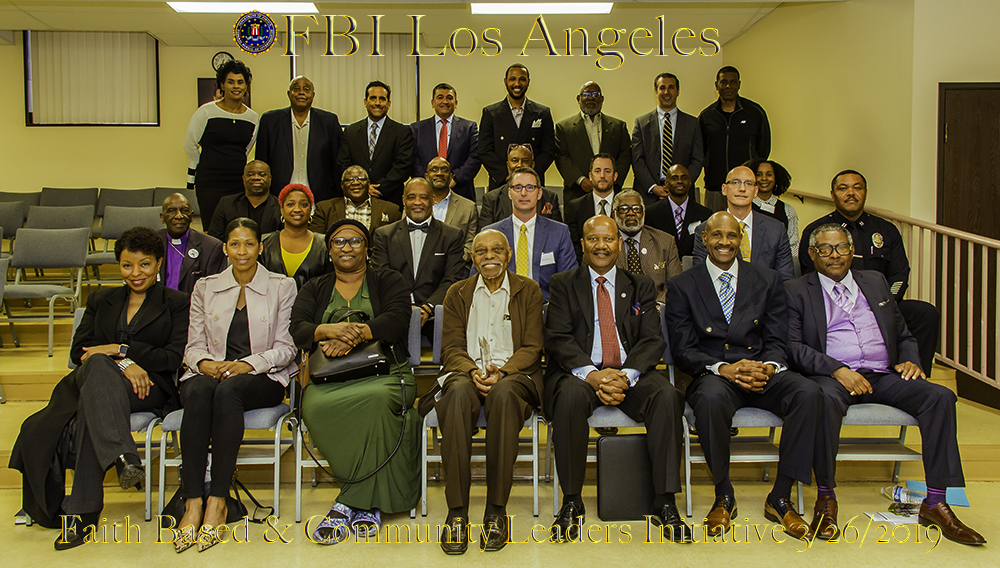
Report on Park Equity and Sustainable Development in Carson, CA
Introduction: Aligning Urban Development with Global Goals
This report outlines the initiatives undertaken by the City of Carson, California, to enhance park equity and create inclusive green spaces, as detailed by Councilman Jawane Hilton of District 1. These efforts are analyzed through the framework of the United Nations Sustainable Development Goals (SDGs), demonstrating a commitment to creating a sustainable, equitable, and healthy urban environment. The city’s strategies directly contribute to SDG 3 (Good Health and Well-being), SDG 4 (Quality Education), SDG 10 (Reduced Inequalities), SDG 11 (Sustainable Cities and Communities), and SDG 17 (Partnerships for the Goals).
Advancing SDG 11: Sustainable Cities and Communities
The City of Carson’s approach to its parks is fundamentally aligned with SDG 11, particularly Target 11.7, which calls for universal access to safe, inclusive, and accessible green and public spaces. Councilman Hilton defines park equity as ensuring that all residents, regardless of their location within the city, have equal access to high-quality park facilities.
Key Initiatives for Equitable Access
- Implementation of a robust Parks and Recreation Program aimed at equitable distribution of resources across all districts.
- Continuous overhaul and renovation projects to maintain and upgrade park facilities throughout the city.
- A strategic focus on ensuring all parks are not only accessible but also provide equitable experiences for every community member.
Promoting SDG 10: Reduced Inequalities through Inclusive Design
A significant focus of Carson’s park development is on inclusivity, directly addressing SDG 10 by ensuring facilities are accessible to people with disabilities and diverse needs. This commitment goes beyond basic compliance to create truly integrated community spaces.
Case Study: Dolphin Park Sensory Playground
Dolphin Park exemplifies the city’s commitment to reducing inequalities. It was specifically designed to be a sensory park that caters to children with special needs, including:
- Attention-deficit/hyperactivity disorder (ADHD)
- Autism Spectrum Disorder
- Impaired motor skills and sensory needs
The playground’s features were designed to provide stimulating activities for all children and include:
- Specialized safety matting and interactive musical instruments.
- Ramps and convenient handholds to accommodate ambulatory disabilities.
- Adaptive swings and equipment for diverse body sizes and motor control levels.
- Audio stimulation elements integrated into the play environment.
Supporting SDG 4 (Quality Education) and SDG 3 (Good Health and Well-being)
Carson’s park strategy integrates objectives from multiple SDGs, recognizing the interconnectedness of education, health, and community life.
Initiatives Supporting Education and Health
- SDG 4 (Quality Education): To combat the digital divide observed during the COVID-19 pandemic, the city has equipped all its parks with free Wi-Fi. This initiative ensures that children without home internet access can complete homework and access educational resources in a safe, public space.
- SDG 3 (Good Health and Well-being): Guided by the principle that “Parks Make Life Better,” the city prioritizes “front-end loading” of its budget towards parks and youth programs. This investment aims to promote physical and mental well-being, keep young people engaged in positive activities, and strengthen family and community bonds.
Challenges and Strategies for Sustainable Management
A primary operational challenge identified is the high demand for Carson’s well-maintained park services from non-residents. This success places a strain on resources intended for the local community, requiring careful management to ensure services remain available to Carson residents.
Leveraging SDG 17: Partnerships for the Goals
To enhance its offerings and foster a stronger community, the City of Carson actively pursues collaborations in line with SDG 17. The city leverages its park system as a platform for public-private and community partnerships.
Partnership Strategies
- Hosting approximately 20-30 large-scale community events in its parks annually, creating opportunities for collaboration.
- Actively seeking partnerships with community-based organizations (CBOs) to co-deliver programs and outreach.
- Utilizing the Parks and Recreation Program’s Community Service Department to forge connections with corporate partners interested in supporting services for youth and seniors.
SDGs Addressed in the Article
The article on park equity in Carson, CA, highlights several issues and initiatives that directly connect to the United Nations Sustainable Development Goals (SDGs). The primary focus on creating inclusive, accessible, and safe green spaces for all community members touches upon goals related to health, inequality, sustainable urban development, and partnerships.
-
SDG 3: Good Health and Well-being
The article emphasizes the positive impact of parks on community well-being. Councilman Hilton states, “Parks Make Life Better,” and notes that keeping children engaged in park programs can prevent them from veering into negative activities. This directly relates to promoting mental and physical health for all ages.
-
SDG 10: Reduced Inequalities
A central theme of the article is “park equity,” which aims to reduce inequalities in access to public resources. The discussion specifically focuses on ensuring accessibility for persons with disabilities, as seen in the development of Dolphin Park, a “sensory park” designed for children with ADHD, autism, and other special needs. This aligns with the goal of promoting the social inclusion of all, irrespective of disability.
-
SDG 11: Sustainable Cities and Communities
The article is fundamentally about making a city more inclusive, safe, and sustainable. The efforts to overhaul parks, ensure they are equitable across all districts, and provide universal access to green spaces are at the core of this goal. The provision of free Wi-Fi in parks to bridge the digital divide further supports the creation of a sustainable and inclusive urban environment.
-
SDG 17: Partnerships for the Goals
The article explicitly mentions the importance of collaboration to achieve park equity. Councilman Hilton highlights that the city actively seeks partnerships with “community-based organizations to come alongside and partner with us” for events and programs. This reflects the strategy of building multi-stakeholder partnerships to achieve sustainable development objectives.
Specific Targets Identified
Based on the article’s content, several specific SDG targets can be identified as being directly addressed by the initiatives in Carson.
-
Target 10.2: Empower and promote the social, economic and political inclusion of all, irrespective of age, sex, disability, race, ethnicity, origin, religion or economic or other status.
This target is addressed through the city’s commitment to making parks inclusive for everyone, with a particular focus on children with disabilities. The creation of Dolphin Park, with its specialized design for children on the autism spectrum or with ADHD, is a direct action to “empower and promote the social… inclusion of all… irrespective of… disability.”
-
Target 11.7: Provide universal access to safe, inclusive and accessible, green and public spaces, in particular for women and children, older persons and persons with disabilities.
This is the most prominent target in the article. The entire discussion revolves around providing “park equity,” which Councilman Hilton defines as “access for everyone.” The article details efforts to make parks accessible through ADA compliance and the creation of sensory playgrounds with features like “ramps, convenient handholds, and adaptive swings” specifically for persons with disabilities.
-
Target 3.4: Reduce by one third premature mortality from non-communicable diseases through prevention and treatment and promote mental health and well-being.
The article supports this target by highlighting how green spaces contribute to community well-being. The sentiment that “Parks bring family” and “makes life better” points to the role of public parks in promoting mental health and social connections, which are crucial components of overall well-being.
-
Target 17.17: Encourage and promote effective public, public-private and civil society partnerships.
This target is identified when Councilman Hilton discusses the city’s strategy for community engagement. He states, “We often look for community-based organizations to come alongside and partner with us,” indicating a clear strategy of using civil society partnerships to enhance community services and events within the parks.
Indicators for Measuring Progress
The article mentions or implies several concrete actions and metrics that can be used as indicators to measure progress towards the identified targets.
-
Creation of specialized and inclusive infrastructure
The development of the “Dolphin Park Sensory Playground” serves as a direct indicator of progress. The article specifies that it was “designed for children with ADHD, who are on the spectrum or who may have autism” and includes features like “ramps, convenient handholds, and adaptive swings,” which are measurable additions to public infrastructure.
-
Provision of public digital access in green spaces
The initiative to provide “free Wi-Fi” in all parks is a quantifiable indicator. The city identified a need during the pandemic and implemented a solution to ensure children could do their homework in parks, directly measuring the expansion of public services aimed at reducing inequality.
-
Number of community partnerships and events
The article provides a specific number, stating, “we have about 20 or 30 events a year, and they are in our parks.” This figure serves as a direct indicator of community engagement and the successful use of partnerships with community-based organizations to make parks active and vibrant spaces.
-
Compliance with accessibility standards
The mention of ensuring parks have “access, ADA (Americans with Disabilities Act)” implies that adherence to these legal standards is a key performance indicator for the city’s park overhaul projects. Progress can be measured by auditing parks for ADA compliance.
Summary Table of SDGs, Targets, and Indicators
| SDGs | Targets | Indicators Identified in the Article |
|---|---|---|
| SDG 3: Good Health and Well-being | 3.4: Promote mental health and well-being. | The promotion of parks as spaces that “make life better,” bring families together, and keep children engaged in positive activities. |
| SDG 10: Reduced Inequalities | 10.2: Empower and promote the social inclusion of all, irrespective of disability. | Development of a “sensory park” (Dolphin Park) specifically designed for children with ADHD, autism, and other special needs. |
| SDG 11: Sustainable Cities and Communities | 11.7: Provide universal access to safe, inclusive and accessible, green and public spaces, in particular for persons with disabilities. |
|
| SDG 17: Partnerships for the Goals | 17.17: Encourage and promote effective public, public-private and civil society partnerships. |
|
Source: lasentinel.net

What is Your Reaction?
 Like
0
Like
0
 Dislike
0
Dislike
0
 Love
0
Love
0
 Funny
0
Funny
0
 Angry
0
Angry
0
 Sad
0
Sad
0
 Wow
0
Wow
0

















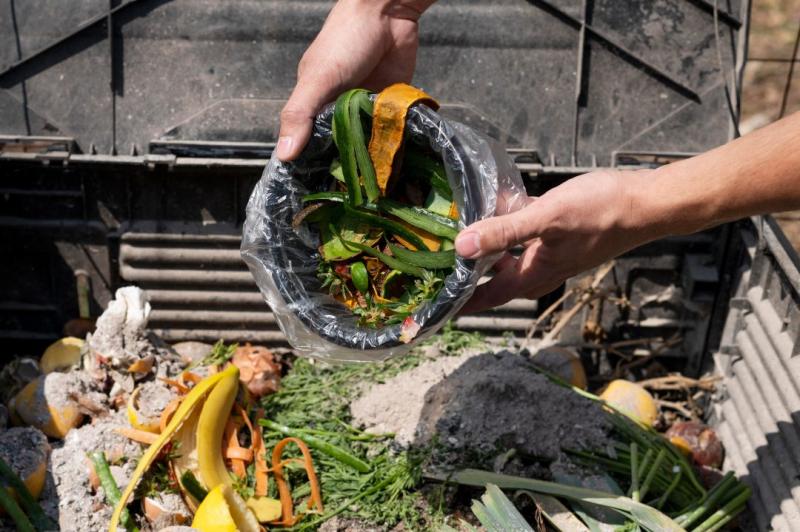
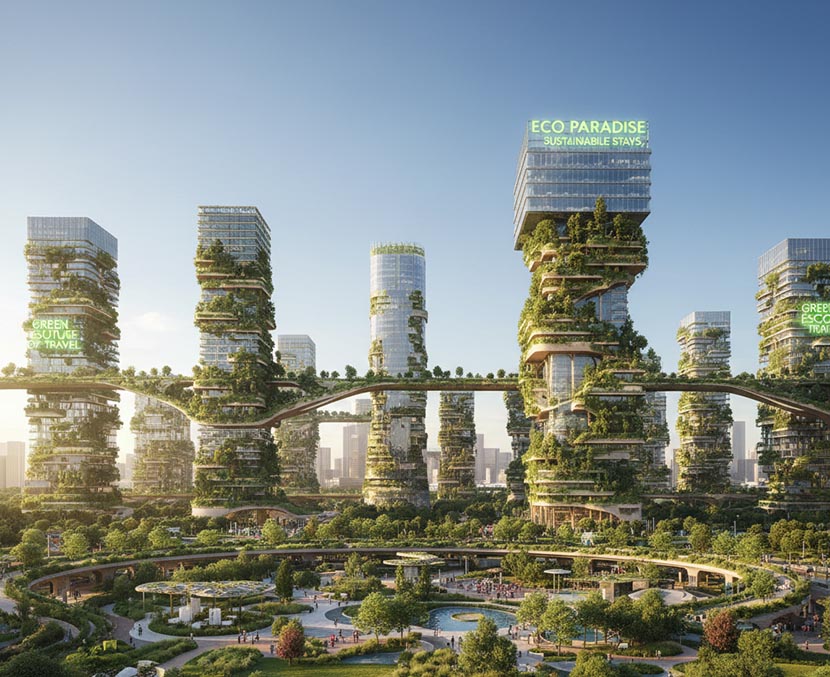







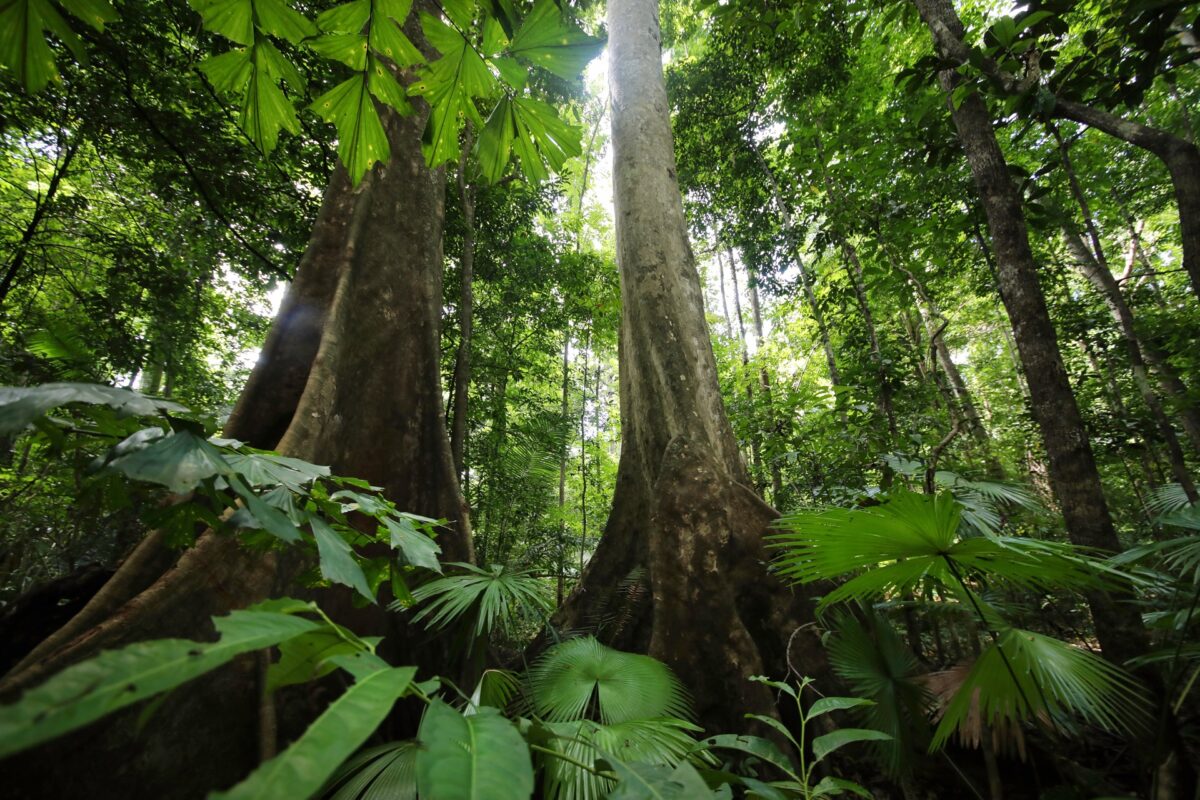




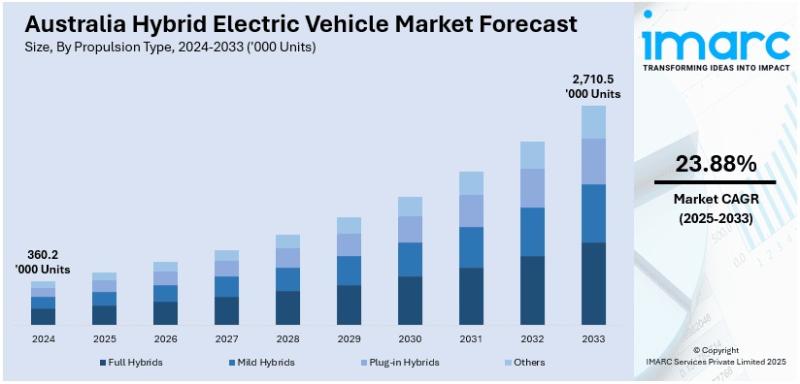

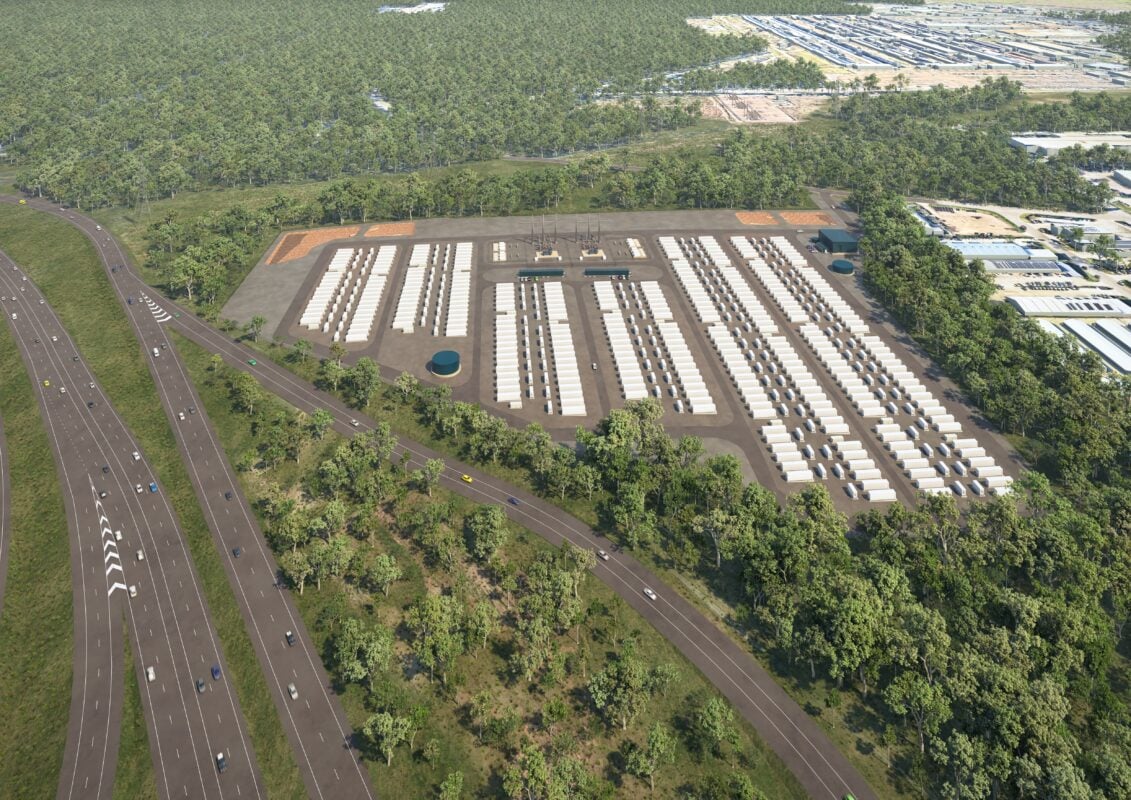



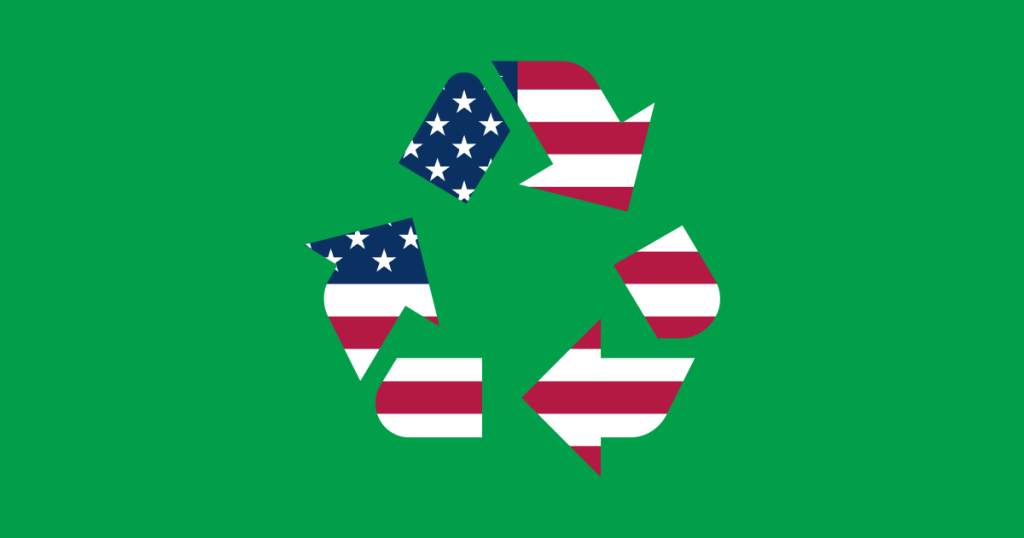
















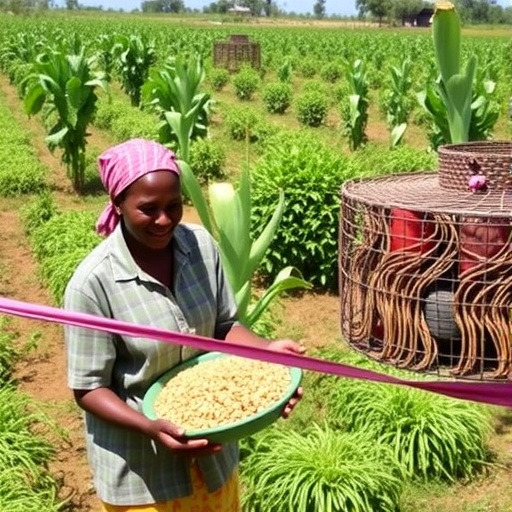
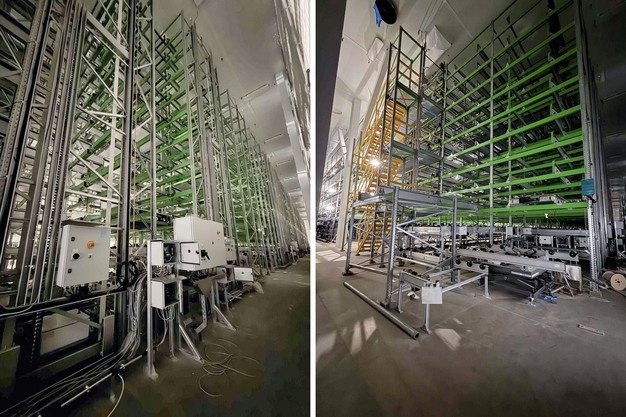



.jpg?#)

